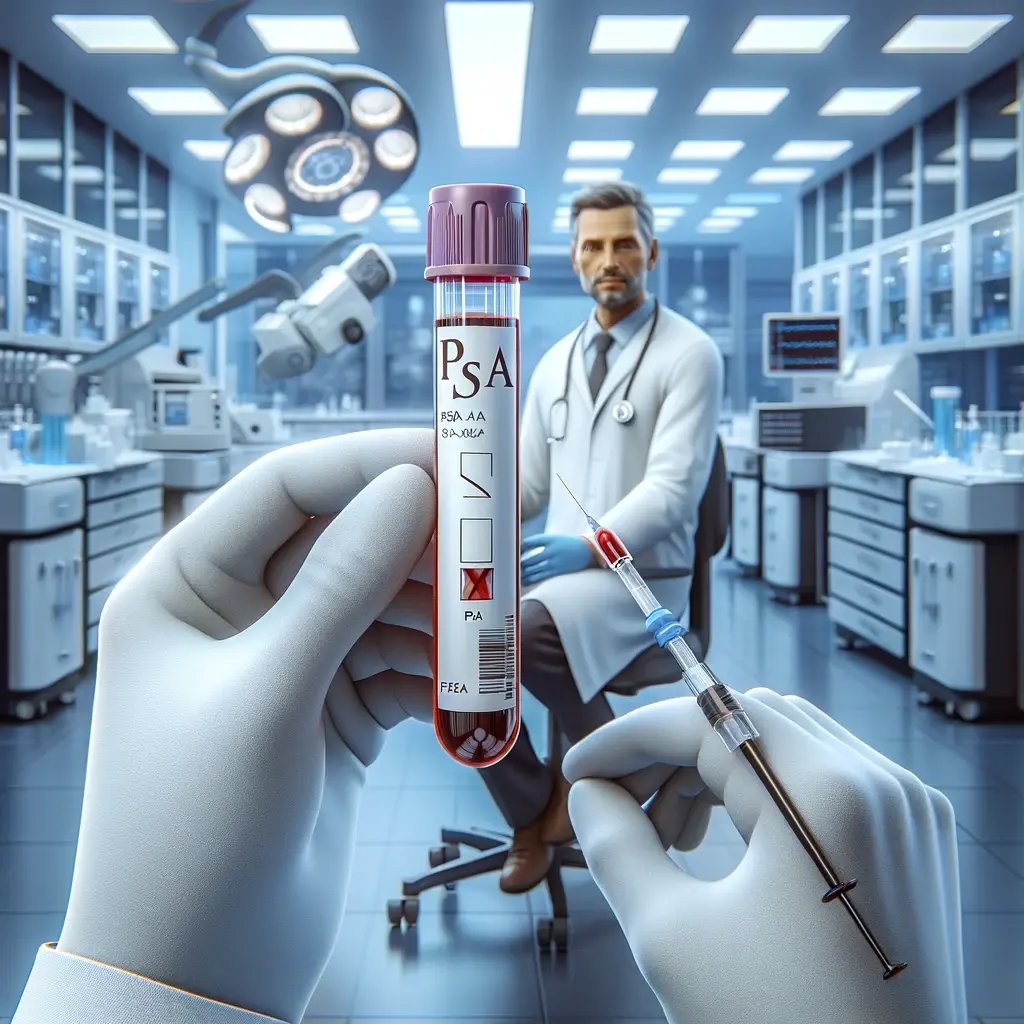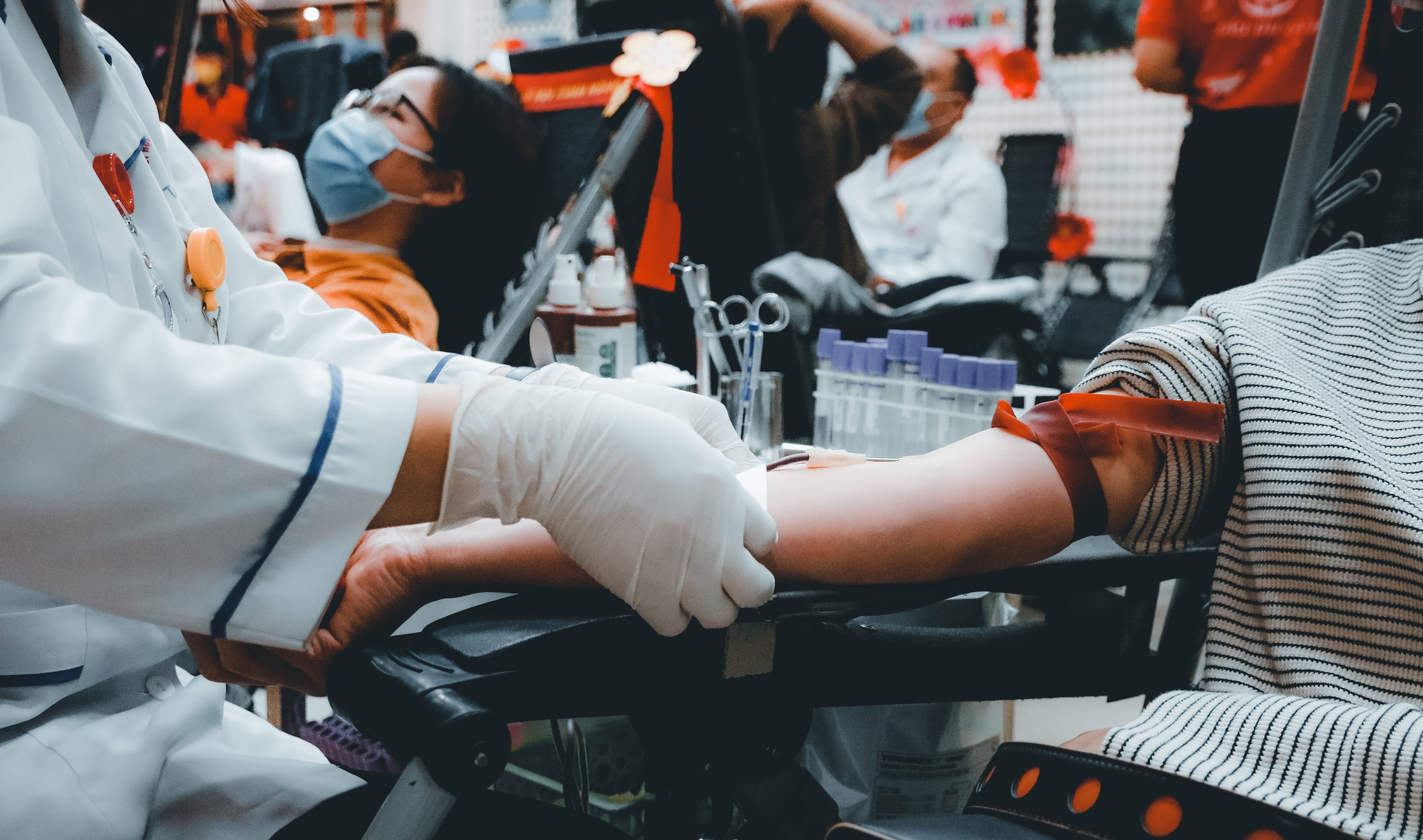Are you on TRT and concerned about your PSA levels? Elevated PSA levels can be a cause for concern, but there are strategies to keep them in check while on testosterone replacement therapy. In this article, we'll address this specific question: how to maintain low PSA levels while on TRT. We'll explore factors contributing to PSA levels, both related to TRT and unrelated, and offer insights into managing them effectively.
PSA Factors Related to TRT
Estradiol and dihydrotestosterone (DHT) are two hormones associated with the growth of prostate tissue. Since PSA is produced by the prostate, higher levels of prostate tissue result in elevated PSA levels. Therefore, managing PSA while on TRT involves keeping estradiol and DHT in check.
However, managing these hormones while on TRT is akin to using a paper towel to stay dry in a rainstorm. TRT naturally increases DHT and estradiol levels, making it a challenging balance to strike.
BalanceTo Keep PSA Low While On TRT
The frequency of TRT injections impacts the peak testosterone level, which, in turn, affects estradiol and DHT production. Injecting a large dose once a week leads to higher peaks in testosterone, estradiol, and DHT levels. To keep PSA levels in check, it's crucial to check hormone levels when testosterone is at its peak. For instance, if you inject weekly, test three to five days post-injection, not seven.
If levels are high, you have the option to adjust the dose or split it into multiple injections per week. Be mindful not to reduce the dose excessively, as it may impact treatment effectiveness. Small reductions are generally well-tolerated.
Response Time and Medications
If your PSA has increased over time due to elevated estradiol and DHT levels, it may take weeks to months to see improvements after adjustments. You can also explore medications and herbal supplements to control estradiol and DHT levels.
Here is a links to saw palmetto (amazon) we have used and can help for this purpose.
The Rainstorm Analogy to Managing PSA While on TRT
Keep in mind that managing PSA levels on TRT is akin to using a napkin in a rainstorm. For light rain or drizzles, it may suffice, symbolizing herbal supplements or minor testosterone adjustments. However, during a downpour, it may have limited impact. In such cases, more substantial changes may be needed to maintain low PSA levels.
In conclusion, maintaining low PSA levels while on TRT requires careful monitoring, hormone management, and adjustments based on your peak testosterone levels. Consult with your healthcare provider to develop a personalized approach that ensures your prostate health while benefiting from TRT.
 "My weight was getting so out of control. I started their weigh loss diet program and lost 32 lbs! I have been able to reduce my blood pressure medicine, fit back in my clothes, have tons more energy... Now I am back to eating and my desire for foods has changes drastically. Saved my life!!!
"My weight was getting so out of control. I started their weigh loss diet program and lost 32 lbs! I have been able to reduce my blood pressure medicine, fit back in my clothes, have tons more energy... Now I am back to eating and my desire for foods has changes drastically. Saved my life!!!
 "Dr. Cline and Dr. Terranella have been amazing! For the first time we found doctors that actually listen. They care about how your feeling and try everything they can to get you back to a normal state. I am in love with these guys! If you want amazing care, see these guys."
"Dr. Cline and Dr. Terranella have been amazing! For the first time we found doctors that actually listen. They care about how your feeling and try everything they can to get you back to a normal state. I am in love with these guys! If you want amazing care, see these guys."
















